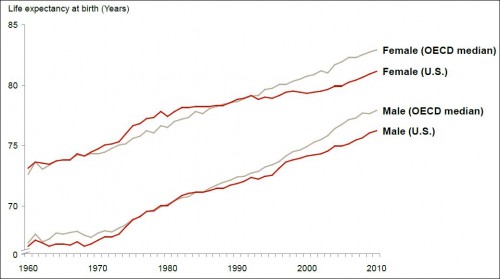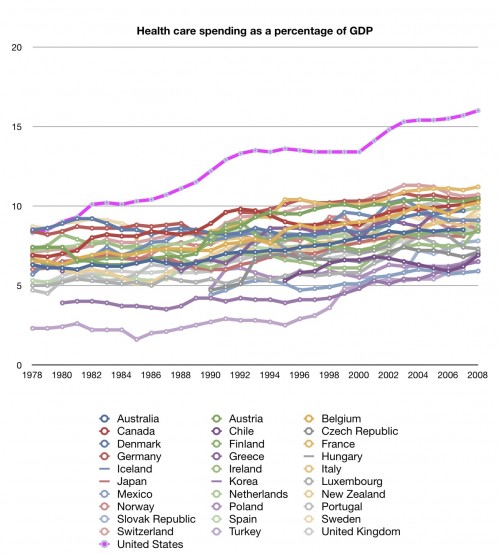US Yearly GDP and TOA to Services Growth
This is a comparison between US GDP growth and growth of TOA appropriations to each military service by year. US GDP growth has averaged about 3% since 1973, while the growth of the budget has averaged about 1%. So, what this tells me is that the US economy is actually expanding its capacity to support military power over time. But it is important to note that this only remains true to the extent that US per dollar purchasing power remains fixed relative to the combat power purchased. If one US dollar purchased X amount of combat power in 1973, what difference from X does one US dollar in 2012 purchase?
As discussed in a previous post, in the case of the F-35 replacement of the F-16, this problem is evident. The F-35 is 11 - 13 times more expensive than the F-16 but does not provide 11 - 13 times more combat capability; the US intends to purchase far less than the approximately 1,600 F-35s necessary to replace the combat capabilities of the F-16 inventory. In this situation, one US dollar is purchasing a smaller rate of combat capability. When aggregated for the whole defense establishment, if this reduction in purchasing power is greater than 3%, then US economic capacity to purchase military power is shrinking. If the reduction is greater than 1%, then the ability of the defense budget to sustain US military power is also shrinking.
See above to see why both are occurring.Originally Posted by Fuchs




















Bookmarks